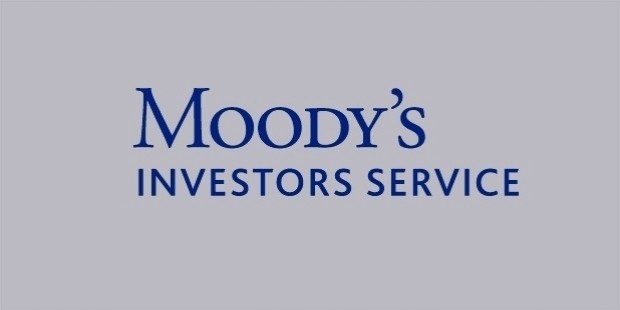September, 14, 2019

Moody’s Investors Service says in a new report that State-owned enterprises (SOE) liabilities are posing both explicit and implicit contingent risks, to several countries including Sri Lanka.
State-Owned Enterprises (SOEs) play a pivotal role in furthering public policy objectives across Asia Pacific, but also pose contingent risk to government balance sheets. The report focuses on APAC ex China.
Contingent risk may be explicit in nature, such as when a government guarantees an SOE’s debt. But SOEs are also, and more typically, the source of implicit liabilities, which arise from quasifiscal operations that are neither compensated through budgetary subsidies nor covered by explicit government guarantees.
“While unlisted SOEs in frontier markets – including Papua New Guinea (PNG, B2 stable), Bangladesh (Ba3 stable), Sri Lanka (B2 stable) and Vietnam (Ba3 stable) – pose the greatest implicit liabilities, rated and unrated, listed SOEs in advanced economies and emerging markets also show signs of weak financial strength,” says Anushka Shah, a Moody's Vice President and Senior Analyst.
“In terms of SOEs’ explicit liabilities, these are primarily driven by government guarantees and have risen in a number of countries,” adds Shah.
Meanwhile, the governments’ management of these liabilities is key in assessing the probability of contingent risk materialization.In particular, government practices to calculate and quantify risks, and frameworks to control them,are important factors in gauging the probability of contingent liability materialization.
Management of explicit liabilities is weakest and potential for crystallization is strongest in Maldives (B2 negative), while regional indices of corporate governance suggest that management of implicit liabilities may be weakest in Indonesia (Baa2 stable), Thailand (Baa1 positive) and India (Baa2 stable), as well as in frontier markets.
Video Story